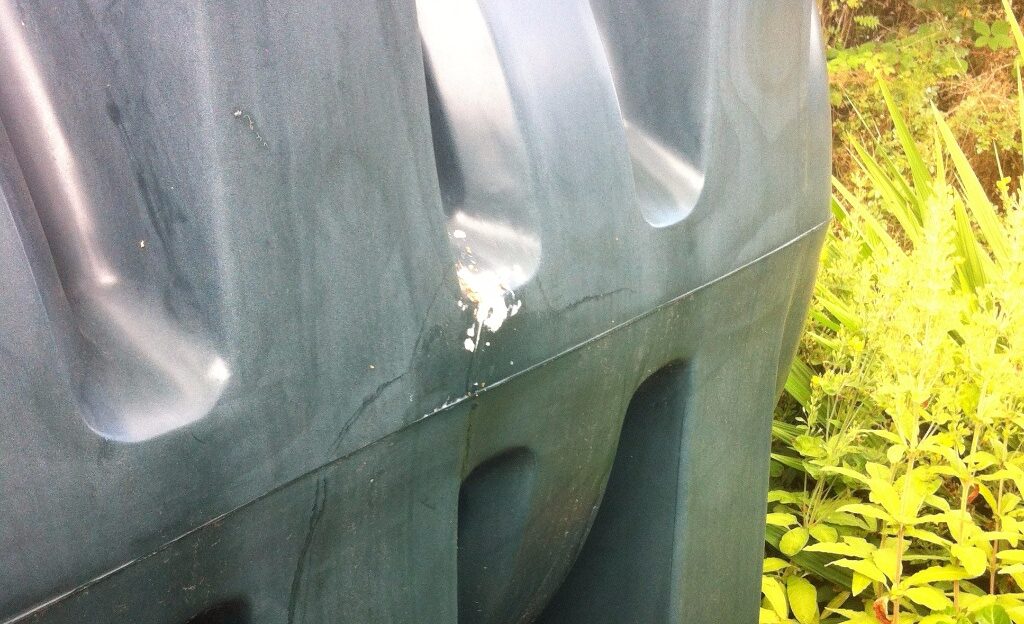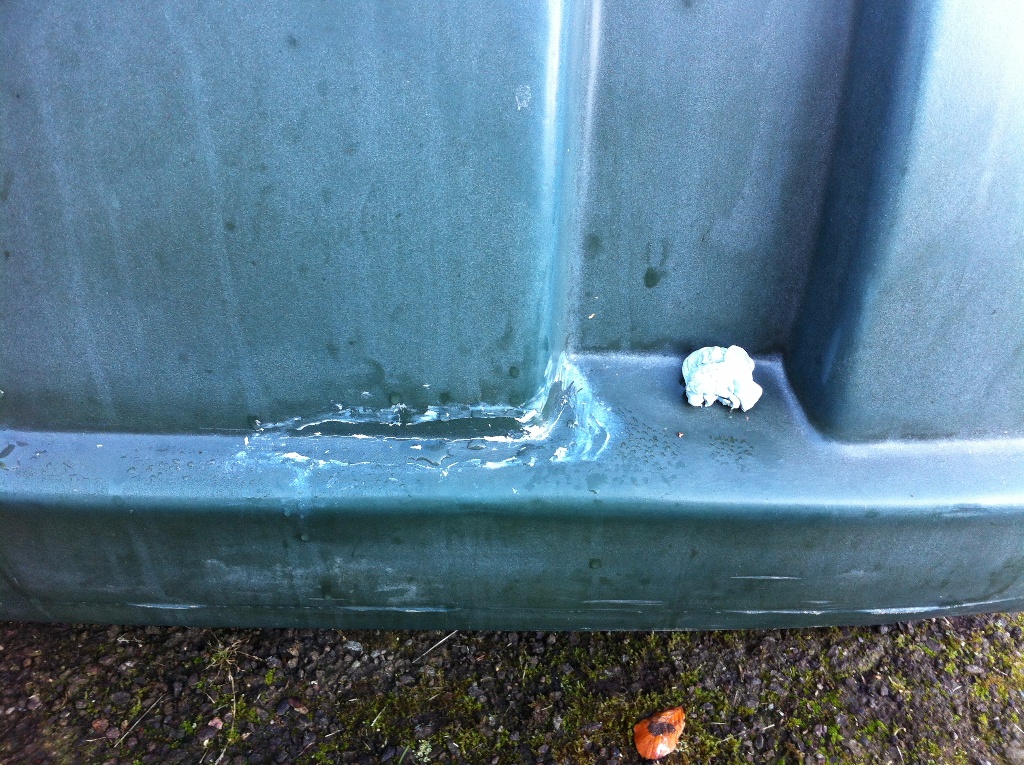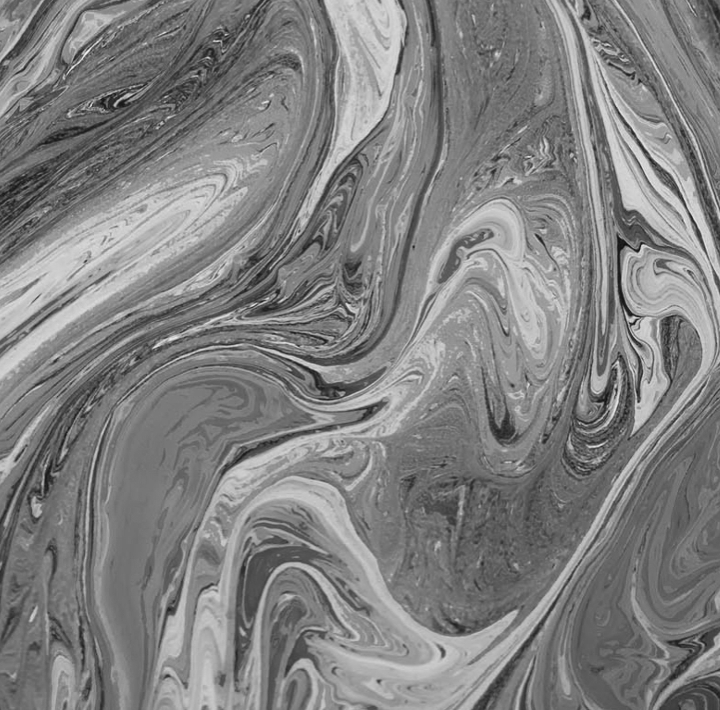This applies to domestic and commercial leaks, and most of it is common sense.
The first thing for you to think about, “is it safe”? If there is a fire risk, or for example the vapours are overwhelming, then stay safe, keep clear and call the fire brigade.
Here are a few quick fixes which may help reduce the damage caused-
- Turn off the source – Find the tank, find the outlet(s), all should be fitted with a stop tap, twist the tap until it closes and stops the flow. If possible collect the oil in any available containers e.g. bins, or restrict the movement of the oil as best and safely as possible.
- The tank is leaking – Transfer oil in to a suitable container to below the level of the leak.
- Repair the leak temporarily (or permanently if you’re skilled enough) Soap is often the best answer, especially for oil tanks. Jam solid soap into the crack, best applied like you would grate cheese, push the soap across the crack forcing soap to block the gap and stop the leak. You’re not limited to just soap, anything that can be forced into the crack and stop or reduce the leak is beneficial. Blu-tak has also been used with success.


A final tip, absorbing spilt oil can be done with cat litter, sawdust, sand, etc. Don’t dispose of this contaminated material into your domestic refuse bin though. The used absorbent needs to be treated as hazardous waste and disposed at a suitably licensed facility.
2022
Visit our oil spill clean up guide
Here we present answers to lots of your questions about Oil Spill clean up. We also cover prevention, health and safety, clean-up, as well as response plans and spill response services.
CHECK IT OUT
![]()


